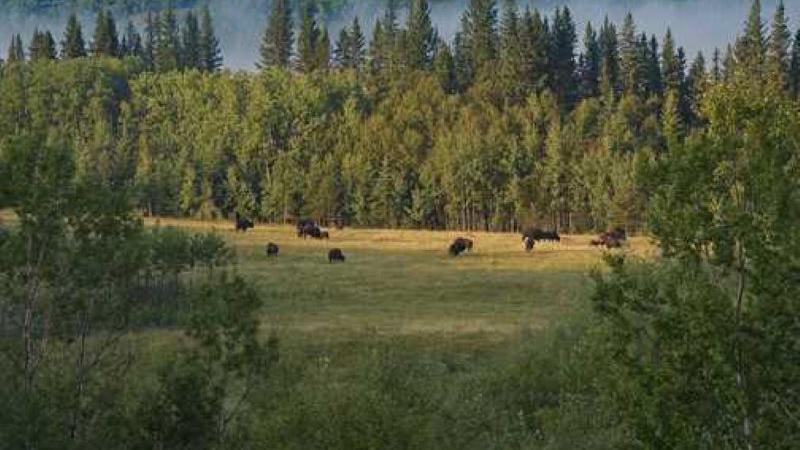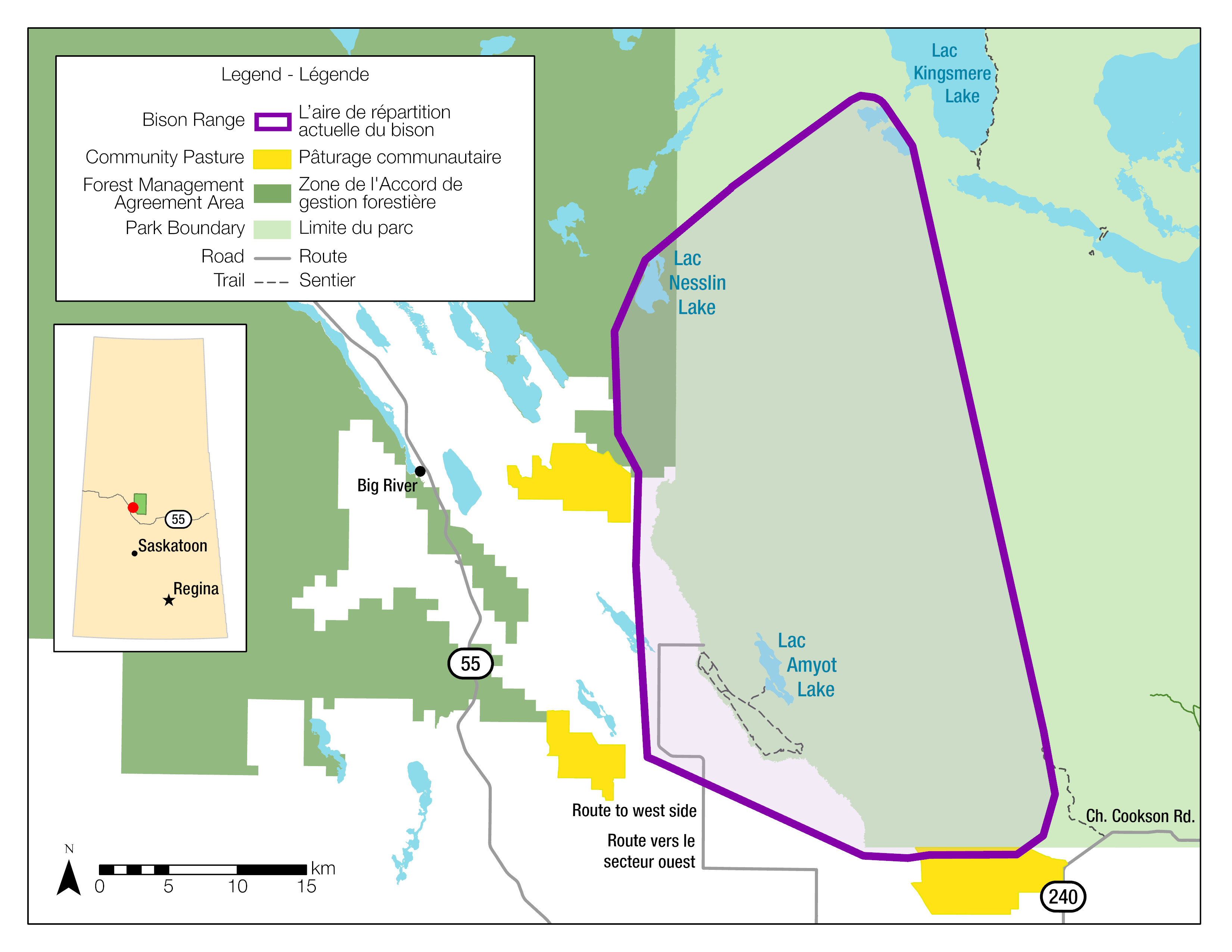
Prince Albert National Park report decline in Sturgeon River plains bison herd
The Prince Albert National Park (PANP) is reporting population numbers of the Sturgeon River plains bison herd have dropped by many hundred since a recent peak around 13 years ago. However, it could potentially be on the rebound after seeing an increased number of bison calves.
According to information provided by the park, in 1969 around 50 plains bison from Elk Island National Park were brought to Central Saskatchewan. After that 10 to 15 of the Bison moved south and found a home in the Sturgeon River area in the Prince Albert National park, which has formed the herd there today.
The population grew and reached its peak between 2006 and 2008, which was 450 bison. Today it has declined to an estimated 120 animals.
Joanne Watson, resource management officer at PANP told paNOW an anthrax outbreak in 2008 was the beginning of the decline.



